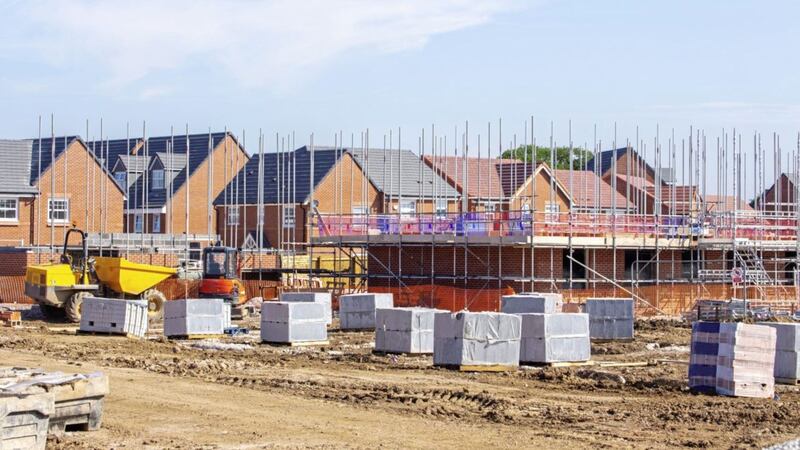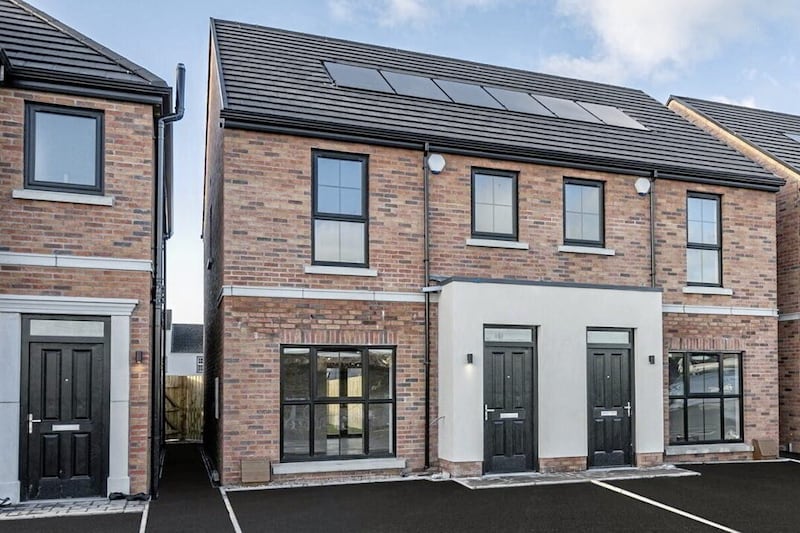NOT all of our politics here are trapped in the doldrums of Brexit uncertainty and no developed government.
Something is happening in our politics that is not that commonly known about or much discussed. Local councils across Northern Ireland are making decisions about how the land we live on will be used over the next decade and a half. Policies about how roads, telecoms and utilities are being developed as are decisions about what sort of retail space we need and where it should be built.
There will be policies on how we safeguard our open space and natural heritage. Critically, decisions will be made that will have a long-lasting impact on the provision of new homes. There will be policies developed on where the homes should be built, how many are needed and what types of homes should be developed. Each of these policies will have long-term consequences.
The decisions are being made as each of the 11 local councils produce their local development plans for 2035. These development plans cover two aspects of land use. Areas of land will be identified for a particular use; for example, housing, industry or retail. This will determine where homes can be built and at the stroke of an official pen will change the value of that land by many multiples. The other part of the development plan is the long list of local planning policies that make up the plan strategies. These will provide the decision-making framework for judging future planning applications.
Belfast City Council has been the first out of the blocks with their Draft Plan Strategy 2035, which is a very innocuous title for a document that is proposing a number of major and controversial changes in planning policy regarding housing. The document is long and technical, but at least one policy (Policy HOU5 - Affordable Housing) has the potential to be a game-changer. It states its intention very clearly: “Planning permission will be granted for residential development on sites greater than 0.1 hectares and/or containing five or more units where a minimum of 20 per cent of units are provided as affordable housing”.
This policy has the potential to achieve three things; firstly, it captures some of the land value increase that results from the change in planning, referred to as a developer’s contribution (although I think it is misnamed as it is the land owner who is really making the contribution through a reduction in the value of the land). Secondly, it will provide affordable housing in locations where such housing would normally be priced out. Thirdly, it will provide mixed tenure development.
It is the mixed tenure element that I think can have the longest term and most important impact. It essentially means that new housing developments will normally include a mixture of homes sold at market prices and affordable homes. A slight digression is needed to explain that under Northern Ireland planning legislation affordable housing has a precise and fairly limited definition – it means social housing provided by housing associations or shared ownership homes, which is largely provided by Co-Ownership.
If done well it can create more vibrant and economically mixed communities and, in the context of Northern Ireland, shared communities.
The policy is still at a draft stage and will, as part of the local development plan process, go to public inquiry. There are understandable concerns from house builders that this type of policy shouldn’t make building new homes commercially unviable, but the evidence from Britain and the Republic of Ireland where this type of development approach is more normal, or in some places the norm, is that if it is well done it will not reduce house prices.
Other councils will likely follow this broad policy direction and indeed Fermanagh and Omagh have recently issued their draft Plan Strategy which has a similar policy approach.
Overall the local development plans will have a big impact on the location, type and mix of properties which are built in Northern Ireland for a considerable period to come.
:: Mark Graham is chief executive of Co-Ownership







